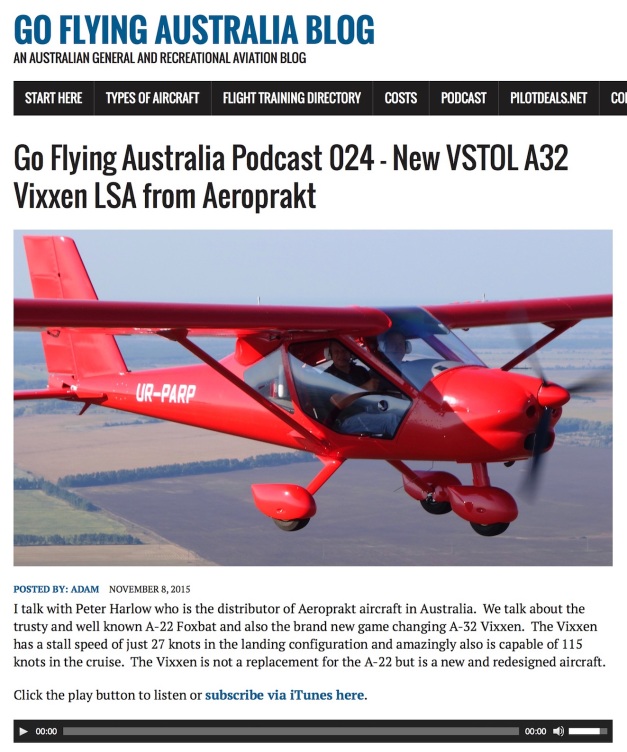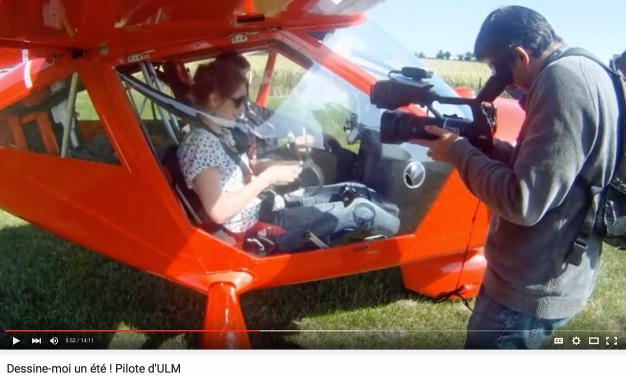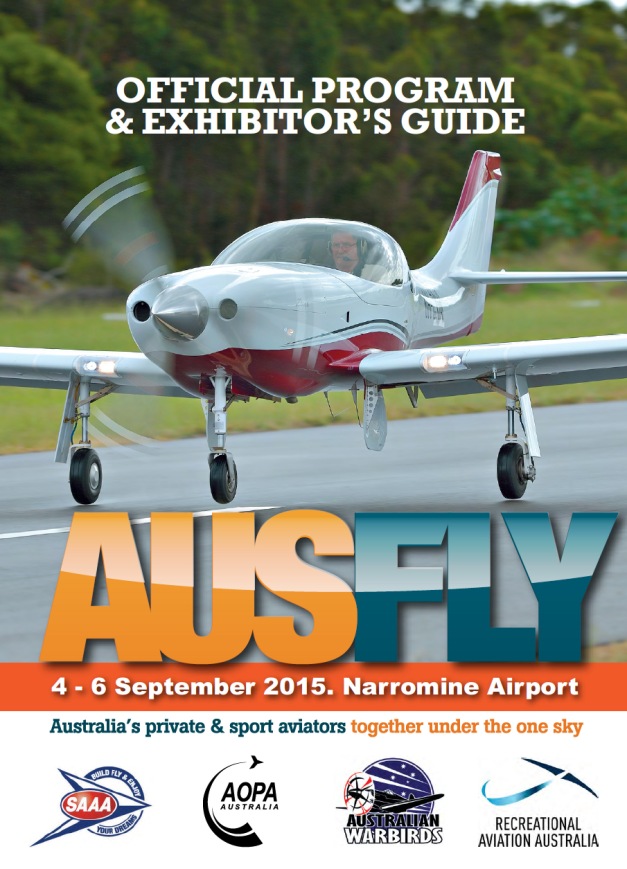 Want to buy an LSA (Light Sport Aircraft)? Well, here are a few ‘buyer bewares’ compiled from stories and experiences of other buyers – the first is weight, probably the single most abused factor when flying light sport (and ultralight) aircraft.
Want to buy an LSA (Light Sport Aircraft)? Well, here are a few ‘buyer bewares’ compiled from stories and experiences of other buyers – the first is weight, probably the single most abused factor when flying light sport (and ultralight) aircraft.
Flying over ‘gross weight’ (ie over the maximum 600 kilos on a landplane LSA) is potentially dangerous and certainly illegal – as you’ll find out if you are ramp-checked. As a result of flying illegally, your insurance will probably be invalid too. It’s no good claiming the seller of the aircraft says it is strong enough to handle higher weights – if you’re over the limit you’re setting yourself up for trouble.
Weight limits on aircraft are a fine balance between strength (stronger usually=heavier) and usable load. Manufacturers set weight limits for a reason – yes, maybe the plane will fly OK over-weight but repeat over-weight flying will weaken the structure much more rapidly. Heavy and/or crooked landings in particular can wreak havoc on the landing gear if the aircraft is over its landing weight limit. Flying too fast into unexpected turbulence can also weaken the wing structure over a period of time.
So, what will your preferred aircraft actually carry? As an example, the A22LS Foxbat factory-quoted empty weight is 295 kilos. That’s a standard spec aircraft with oil and coolant in the engine and the starter battery in place. Plus all the essential instruments for safe flight. In reality, the A22LS Foxbat typical empty weight is around 305-310 kilos or even as much as 325 kilos for one fitted with a ballistic parachute. This is because a whole variety of ‘essential’ extras and options are added by owners: different control systems, VHF radio, UHF radio, extra instruments, transponder, autopilot, fuel injection engine, heavier propeller, wing strut fairings, landing light, strobes, big wheels, wheel spats, cabin heater etc etc.
Deduct the actual empty weight of the aircraft from the maximum gross and you get the usable load. This is the bottom line weight you have available for people, baggage and fuel.
Here are a few things to check before committing your hard-earned dollars:
– what is the real empty weight of the aircraft with all the extra bits and pieces you want added?
– does the original quoted empty weight (before extras) include oil, coolant, battery and all essential instruments? Get a signed statement from the seller to confirm.
– how much does that leave you for:
– people, bags and fuel?
– headsets?
– tie-down kit?
– maps/ERSA/iPad/GPS?
– water to drink & food to eat?
– aircraft weather cover?
– a litre of fuel weighs around 0.72 kilos. After deducting the weight for yourself and a passenger, what weight is left for fuel?
– how many litres is that and how long/far could you fly on that amount?
– or, after filling full of fuel, what’s left for people, bags and all those bits and pieces?
As an example – full fuel (long range tanks) in the Foxbat weighs just on 80 kilos, so a starting rule of thumb for the A22LS model is that it will carry around 200 kilos of people and bags after filling with maximum fuel. Every litre less fuel gives you about 0.72 kilos more for people and bags – eg: 20 litres = about 14.5 kilos.
So in summary – flying over gross weight can cost you, in order: your life, your health, your license, your money. Not to mention grief for your loved ones when something breaks and you are injured or worse. In the eyes of the law, ignorance is no defence.
For those who want to learn more, here’s a link to an excellent article on PilotFriend website which gives a lot more information about the risks of flying overweight: Aircraft weight and balance
Check out your true empty weight, your load, and fly safe!
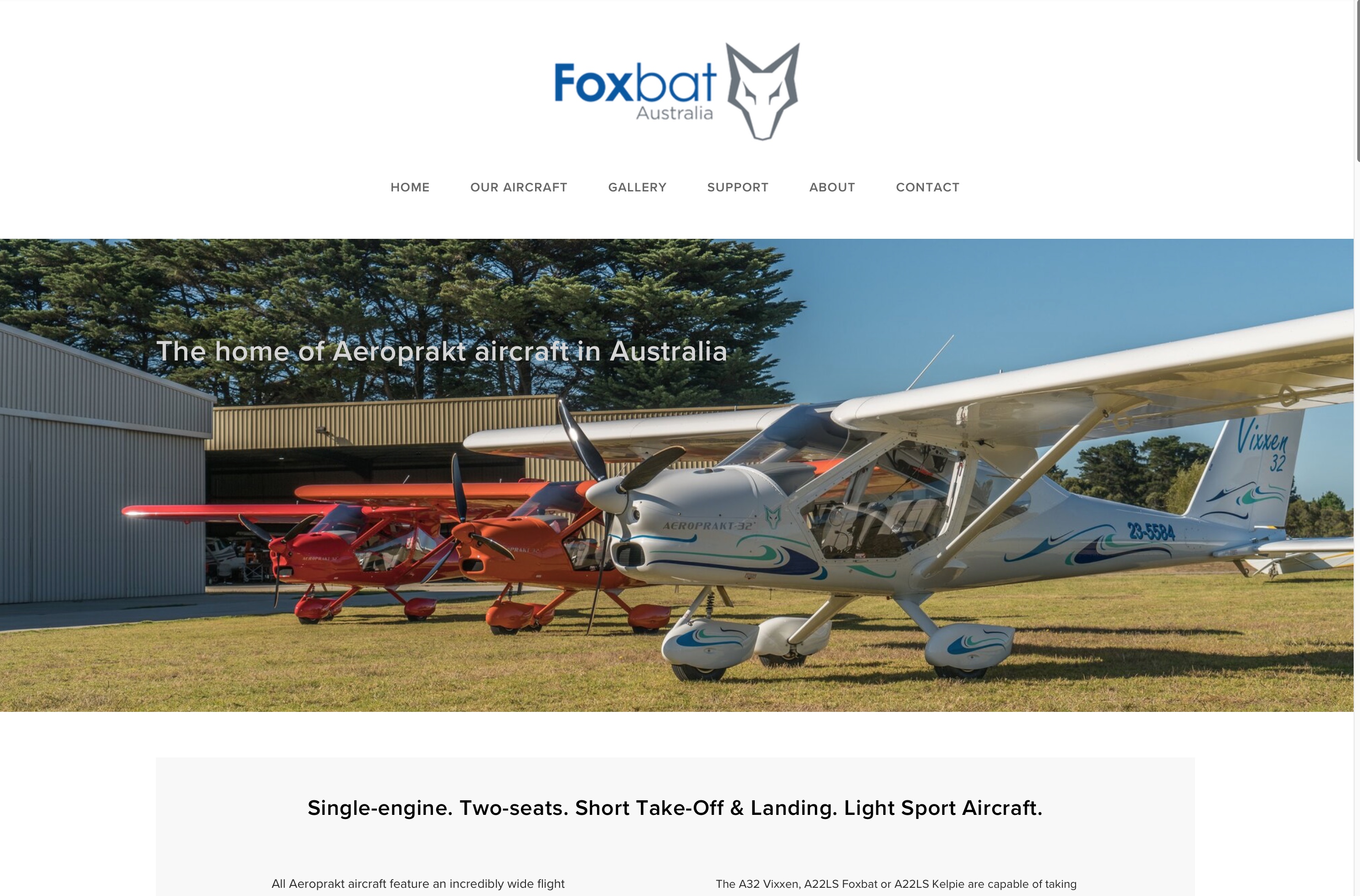 After almost 5 years with our current website at www.foxbat.com.au we have developed a new, much more modern site design for Foxbat Australia which will be going live in the next week or so.
After almost 5 years with our current website at www.foxbat.com.au we have developed a new, much more modern site design for Foxbat Australia which will be going live in the next week or so.
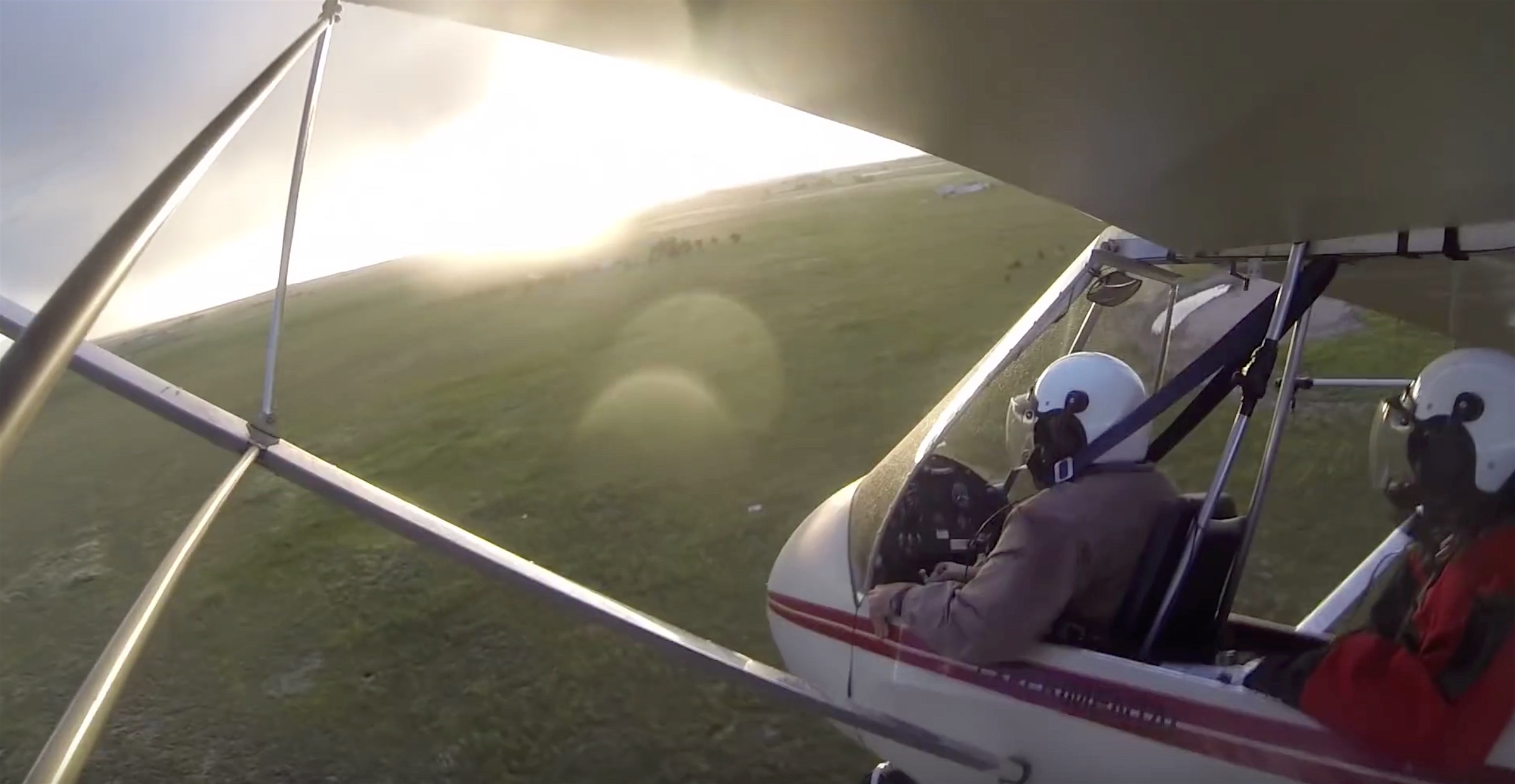

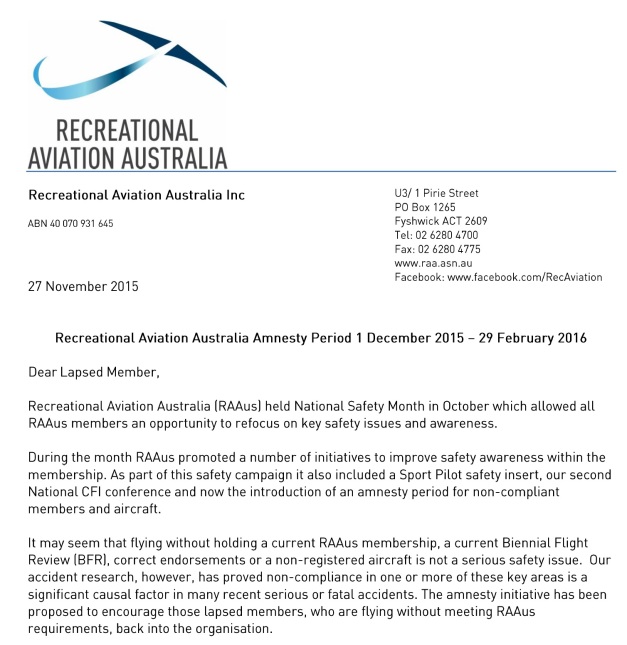
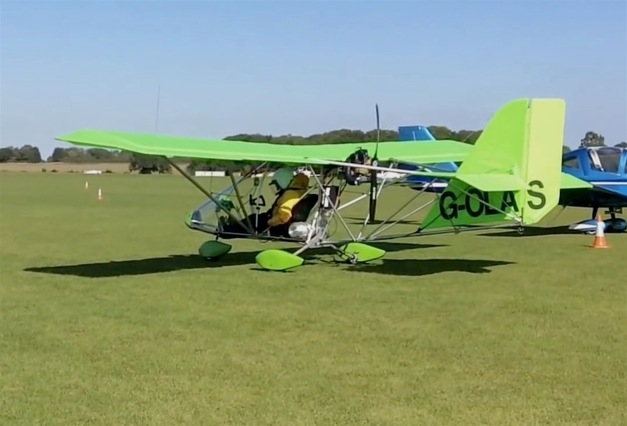 As regular readers will know, I believe there is a yawning gap at the less expensive end of the new light aircraft market, which other countries (USA, UK, Germany and France to name a few) have already moved to fill. Their aviation authorities have done this by either ‘de-regulating’ (UK) or reducing compliance requirements (USA, Germany, France) for single-seat factory-built aircraft.
As regular readers will know, I believe there is a yawning gap at the less expensive end of the new light aircraft market, which other countries (USA, UK, Germany and France to name a few) have already moved to fill. Their aviation authorities have done this by either ‘de-regulating’ (UK) or reducing compliance requirements (USA, Germany, France) for single-seat factory-built aircraft.